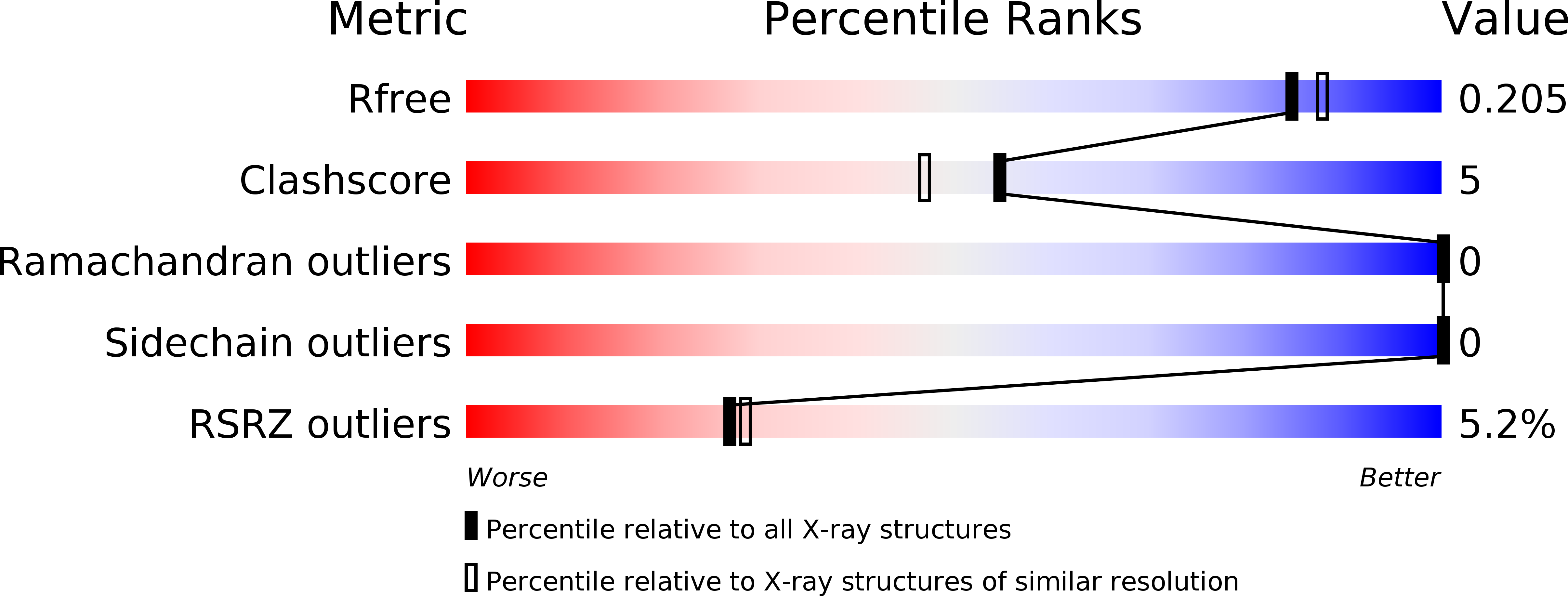
Deposition Date
2000-08-18
Release Date
2000-11-24
Last Version Date
2024-11-13
Entry Detail
PDB ID:
1E6I
Keywords:
Title:
Bromodomain from GCN5 complexed with acetylated H4 peptide
Biological Source:
Source Organism:
SACCHAROMYCES CEREVISIAE (Taxon ID: 4932)
Host Organism:
Method Details:
Experimental Method:
Resolution:
1.87 Å
R-Value Free:
0.20
R-Value Work:
0.18
Space Group:
C 2 2 21


